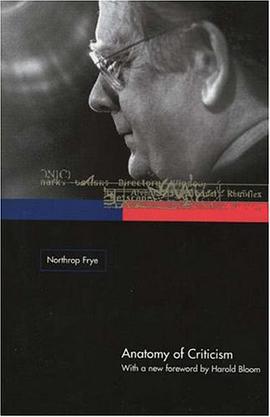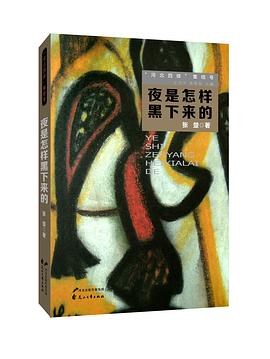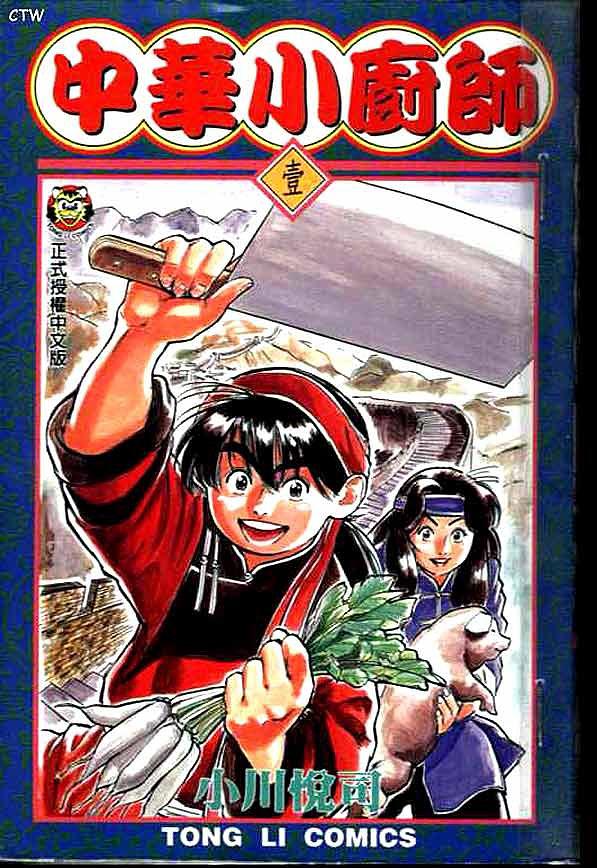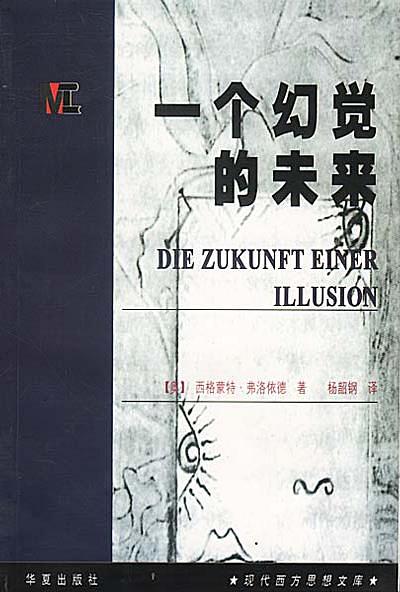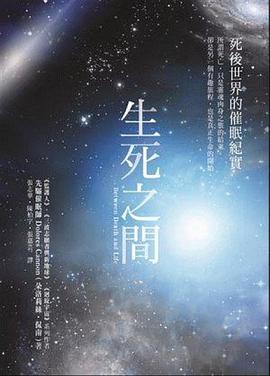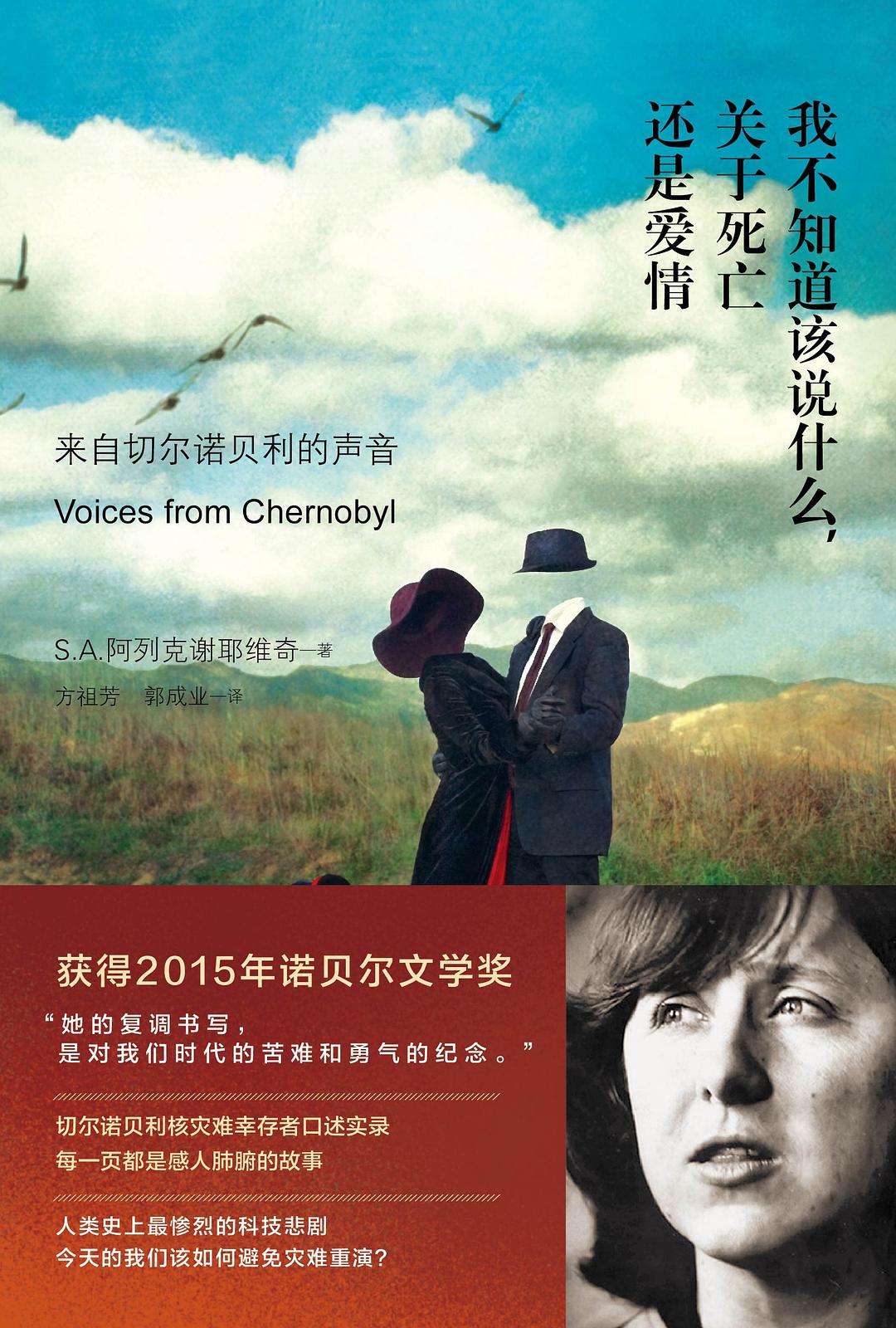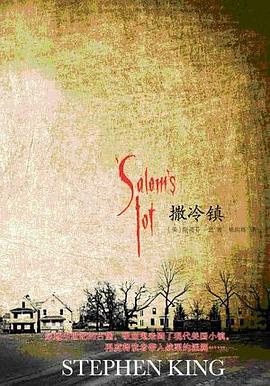Anatomy of Criticism
内容简介
Striking out at the conception of criticism as restricted to mere opinion or ritual gesture, Northrop Frye wrote this magisterial work proceeding on the assumption that criticism is a structure of thought and knowledge in its own right. In four brilliant essays on historical, ethical, archetypical, and rhetorical criticism, employing examples of world literature from ancient times to the present, Frye reconceived literary criticism as a total history rather than a linear progression through time. Literature, Frye wrote, is "the place where our imaginations find the ideal that they try to pass on to belief and action, where they find the vision which is the source of both the dignity and the joy of life." And the critical study of literature provides a basic way "to produce, out of the society we have to live in, a vision of the society we want to live in." Harold Bloom contributes a fascinating and highly personal preface that examines Frye's mode of criticism and thought (as opposed to Frye's criticism itself) as being indispensable in the modern literary world.
......(更多)
作者简介
......(更多)
目录
......(更多)
读书文摘
但是,这些变异与其说是文学形式方面的,不如说是社会有关环境的变化,而讲故事的种种结构原则依然沿袭下来,当然它们也要与社会变化相适应。
因此,如果按从古到今的历史顺序来阅读文学作品,我们就会发现传奇、高摹仿和低摹仿等模式分别处在位移的神话的系列上,即是说,神话的结构或情节套式向力求逼真的相反的那一端发展,到了讽刺阶段,又开始向神话回归。
......(更多)
